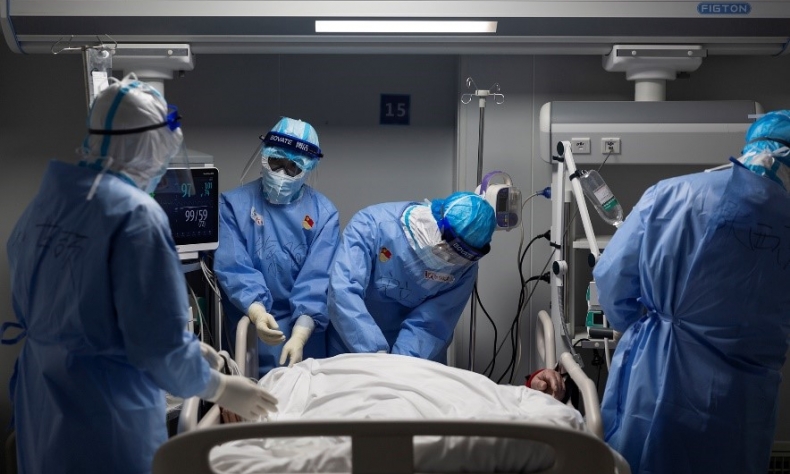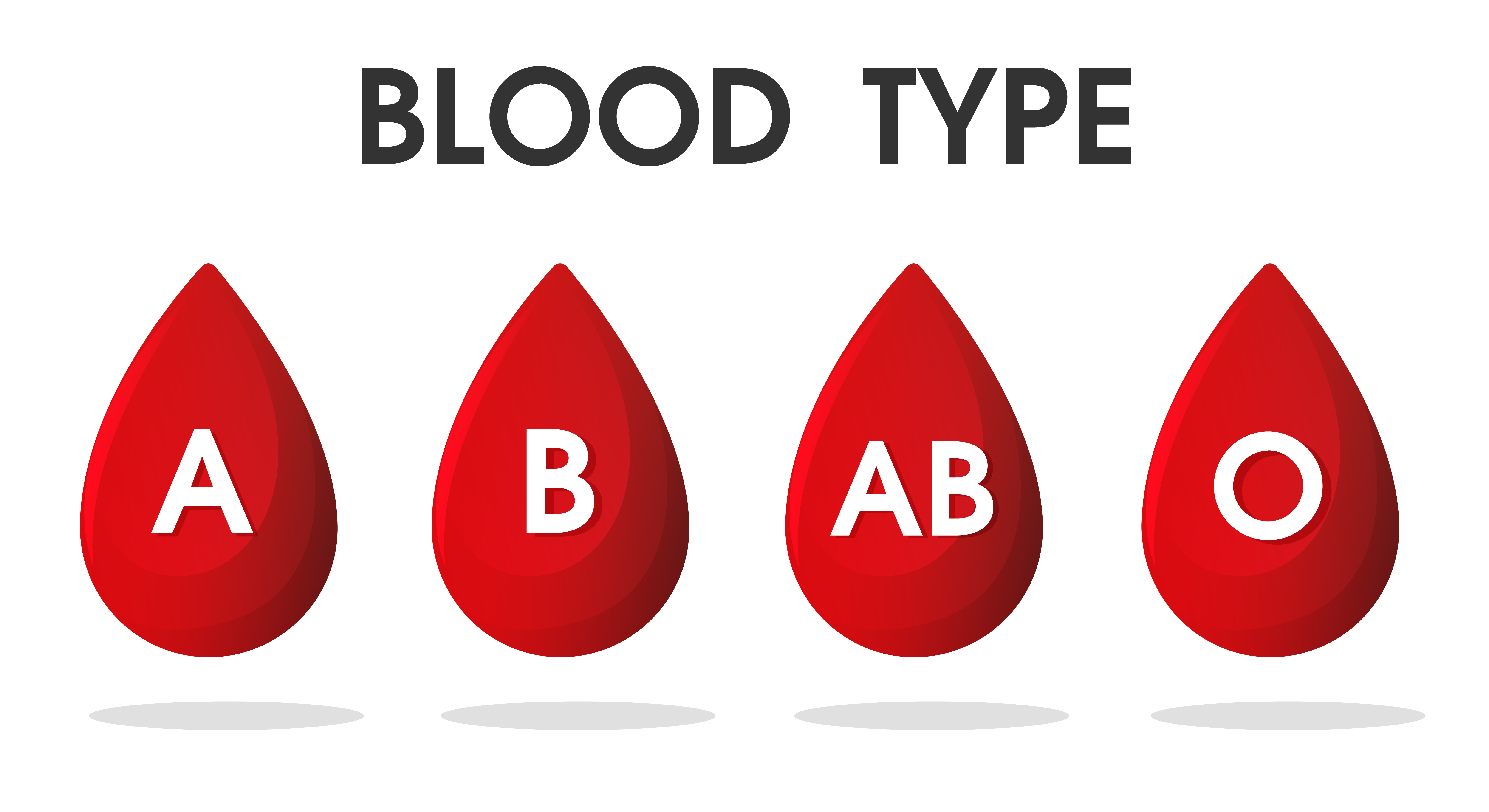Scientists Question Whether Age Is Truly a Barrier to Coronavirus

Early reports from authorities in China suggest the viral load is higher in patients with more severe disease, which is also the case for SARS and influenza.
During his speech in March, British Prime Minister Boris Johnson spoke of “the challenge” that the world faced in defeating coronavirus. At the time, Johnson was a fit and healthy fifty five-year old, albeit with the unusual stress of running a country.
Fast forward a month however, and the situation is very different. On Monday April 6 at 7pm the prime minister was admitted to the Intensive Care Unit (ICU) at St Thomas’ hospital, London, as his condition after contracting the virus became more severe.
Johnson is not who we have come to think of as a typical coronavirus patient. According to close friend and former press secretary, Will Walden, Johnson is “pretty fit, he plays tennis, he runs, he doesn’t smoke, he drinks moderately” and yet he now finds himself admitted to hospital in need of oxygen to assist his breathing.
At the start of the pandemic, which has infected more than one million people, those over sixty-five years of age were deemed most vulnerable to the virus, something that on the whole still holds true. In Europe, 95 percent of deaths from coronavirus have been from those older than sixty years, while a study published by the Chinese Centre for Disease Control and Prevention in February showed eighty percent of all cases in the country came from those aged sixty-five years and older.
However, as countries release more and more data showing their confirmed-cases, the picture of who a typical coronavirus patient is appears to be changing, with younger, healthier people becoming seemingly more susceptible to the virus.
Rising cases in under sixty-five’s with COVID-19
In Germany, where nearly 120,000 tests are carried out weekly, eighty-two percent of people confirmed with the virus so far have been under the age of sixty, with similar trends of younger people infected being found in the United States. Of the first 2,500 cases there, just under a third were from those between the ages of twenty to forty-four, with fifteen to twenty percent of them ending up admitted to hospital for treatment. This has continued to rise, with the federal Centers for Disease Control in the U.S. announcing on March 26 that two-thirds of American’s known to be infected with coronavirus are under sixty-five.
And it is not just mild-cases being reported either. News organisations across the globe have consistently given accounts of younger and healthier patients being admitted to ICU for life saving treatment. In Italy, where the virus has hit hardest, almost a quarter of the nearly 28,000 current coronavirus patients undergoing treatment are aged between nineteen to fifty according to Statista, while a recent visit by the BBC’s chief medical correspondent Fergus Walsh to an ICU at University College Hospital in London, revealed many patients between the ages of forty and seventy, with some coming through who were deemed “young and fit”.
In recent days the World Health Organisation has also sort to clarify its own position on how the virus effects those below the age of sixty-five, acknowledging young people are not “invincible” to it.
“The very notion that ‘COVID-19 only affects older people’ is factually wrong.” Dr Hans Henri P. Kluge, WHO Regional Director for Europe said on April 2. “As a colleague of mine recently said, ‘Young people are not invincible’. 10 percent to 15 percent of people under 50 have moderate to severe infection. Severe cases of the disease have been seen in people in their teens or twenties, with many requiring intensive care and some unfortunately passing away.”
Genes and immune system possible link to COVID-19
While older people still appear to be those in greatest risk of suffering from the virus, there is no denying an unusual pattern of rising numbers of young and healthy people contracting the virus is occurring, questioning whether age is the barrier to COVID-19 that we once thought it was.
Dr. Anthony Fauci, director of the National Institute of Allergy and Infectious Diseases in the U.S. believes scientists and researchers still do not yet fully understand the pathogenesis of coronavirus, and that unlocking this might help identify more accurately who is most at risk from it.
“I mean, the dichotomy between that, there’s something … that we’re missing from a pathogenesis standpoint. And I don’t think it’s only if you’re elderly or if you have underlying conditions. There’s something else going on there that hopefully we’ll ultimately figure out.” Dr Fauci said on CNN.
One concept some scientists are exploring is the possibility that people’s genes rather than age is key to understanding how we react to the virus. Immunologist Dr. Philip Murphy of the National Institute of Allergy and Infectious Diseases said in Science Magazine that variations in people’s ACE2 gene—an enzyme that attaches to the outside surface of cells in the lungs and the heart—could make it easier or harder for the virus to enter our lungs.
Dr. Amir Kahn, an NHS doctor and Senior Lecturer at The University of Leeds School of Medicine and The University of Bradford in the UK believes an immune system working in “overdrive” could also determine reasons for unusual COVID-19 deaths. Writing for Aljazeera, Dr. Kahn stated that some deaths from COVID-19, especially in younger people, can be attributed to immune systems working harder than usual when coming into contact with the virus due. Inflammatory cells called cytokines—which usually attack the disease— are overproducing in some patients he argues, creating what’s known as a “cytokine storm” which can be deadly for the body.
“What this means is that the immune system is unable to turn itself off once it has generated enough of a defence against the virus. Inflammation caused by the immune system continues at an unchecked and accelerated rate and floods the lungs with fluid, making it difficult to breathe.” Dr Kahn said, stating that those lungs can then contract deadly bacteria which could lead to pneumonia and hospitalization.
Blood types are also being considered as a way of determining a person’s susceptibility to the virus after a study from the Southern University of Science and Technology in Shenzhen, China, found evidence to suggest that those with blood group O had a lower chance of infection. The scientists based their findings by comparing 2,173 patients from three hospitals with a group representative of 3,694 people in Wuhan.

“People with blood group A have a significantly higher risk for acquiring COVID-19, compared with non-A blood groups, whereas blood group O has a significantly lower risk for the infection, compared with non-O blood groups,” co-first study author Jiao Zhao and colleagues reported in their as yet to be peer-reviewed article on medRxiv.
And “Viral load”—the greater the amount of virus that infects an individual—is another idea scientist are looking at with relation to those dying from the virus. Early reports from authorities in China suggest the viral load is higher in patients with more severe disease, which is also the case for SARS and influenza. Dr Edward Parker of the London School of Hygiene and Tropical Medicine, said a high viral load may increase the chance of a serious reaction to contracting the virus.
“The amount of virus we are exposed to at the start of an infection is referred to as the ‘infectious dose’. For influenza, we know that that initial exposure to more virus —or a higher infectious dose —appears to increase the chance of infection and illness. Studies in mice have also shown that repeated exposure to low doses may be just as infectious as a single high dose.”
This would appear to explain why healthcare workers, despite the amount of protective equipment they have, continue to die from the virus, with fifty passing away in Italy alone, and could explain the British Prime Minister’s recent turn for the worse, having spent time meeting and greeting patients suffering from coronavirus.
These theories still need to be extensively researched but they are helping improve scientists and world health professional’s understanding of what and how the virus operates. These new theory’s do not dismiss the fact that older people must remain vigilant against COVID-19 by staying inside and adhering to social distancing measure encouraged by governments, but they do suggest that the rest of us should be just as cautious as well.
 Facebook
Facebook
 Twitter
Twitter
 Linkedin
Linkedin
 Google +
Google +








